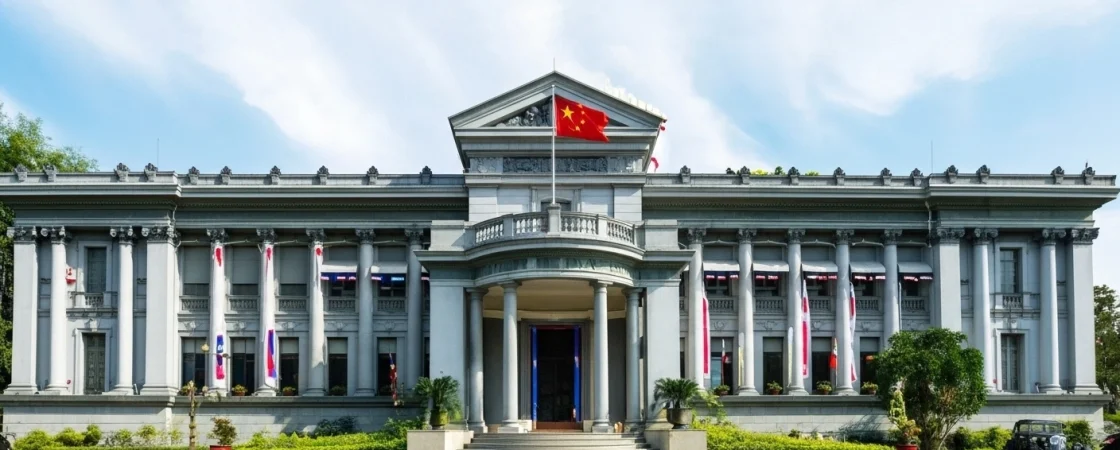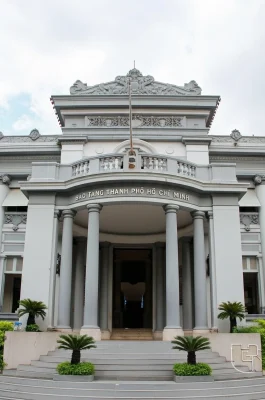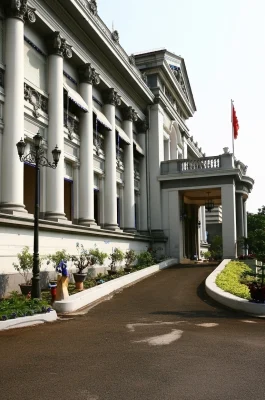The Palace's Many Lives: A History Told in Stone
The museum building itself is your first history lesson. Completed in 1890 and initially designed by French architect Alfred Foulhoux, this neoclassical mansion was originally conceived as a Commercial Museum. However, its purpose dramatically shifted over the decades:
Gia Long Palace: It became known as the Gia Long Palace, serving as the residence for the French Governor of Cochinchina.
Political Crossroads: Throughout the turbulent 20th century, it was home to various high-ranking government offices, even briefly serving as a temporary Presidential Palace for South Vietnam in the 1960s.
Museum Transformation: It was finally converted into the Ho Chi Minh Revolutionary Museum in 1978 and eventually the Museum of Ho Chi Minh City—making the architecture a direct witness to the colonial era, wartime turmoil, and reunification.
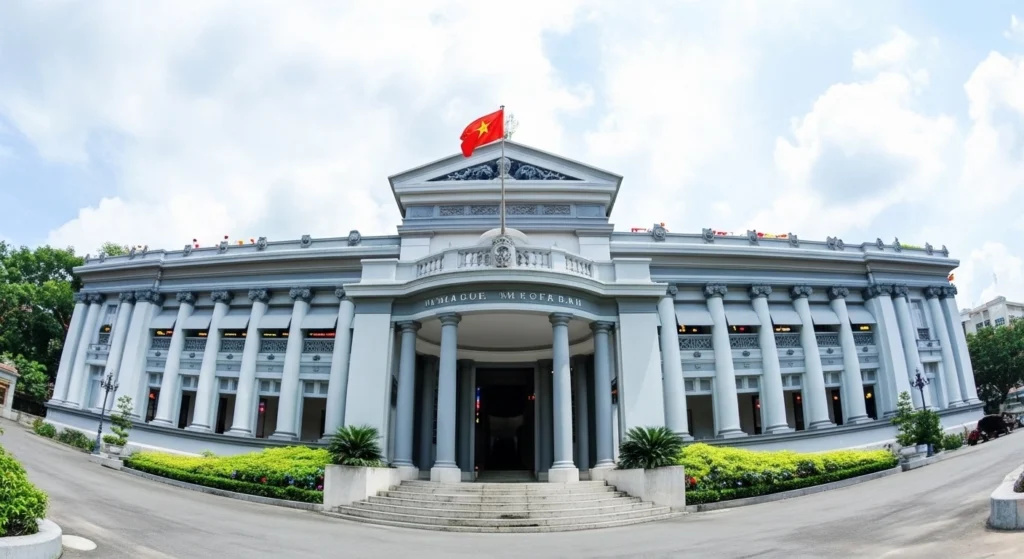
Architecture: Where East Meets West
The building’s design is a stunning and harmonious blend of European Baroque and Renaissance styles with distinct Asian elements. Look closely at the exterior: you’ll find intricate reliefs from Greek mythology adorning the facade, contrasting with the Eastern-style roof ornamentation featuring delicate flowers, snakes, and geometric patterns. This architectural fusion perfectly symbolizes the city’s identity as a cultural meeting point.
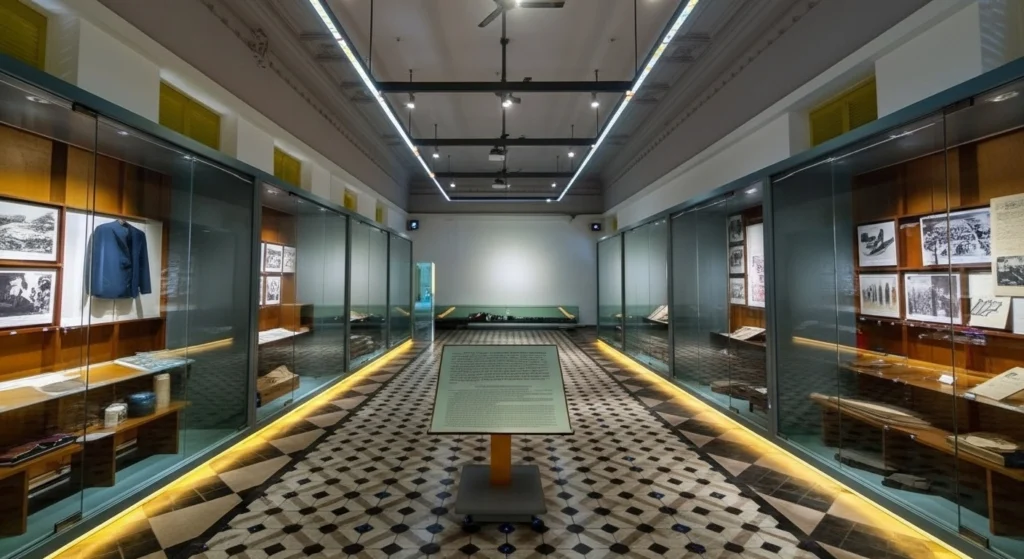
Unveiling Saigon's Story
The exhibits inside are a sweeping narrative of the city’s past and present, organized thematically:
Saigon’s Foundation: Trace the city’s history from its natural environment and early archaeological finds, including the vibrant Óc Eo culture, to its establishment as a major port and administrative center.
Economic & Cultural Life: Explore how the city flourished as a trade hub, showcasing historical maps, traditional handicrafts (like pottery and wood carving), and a fascinating collection of historical Vietnamese currency.
The Revolutionary Struggle: Dedicated rooms chronicle the periods of resistance against French and American forces, featuring a poignant collection of artifacts, documents, and photographs that highlight the city’s role in the fight for national independence. The outdoor area also proudly displays historic aircraft and military vehicles.
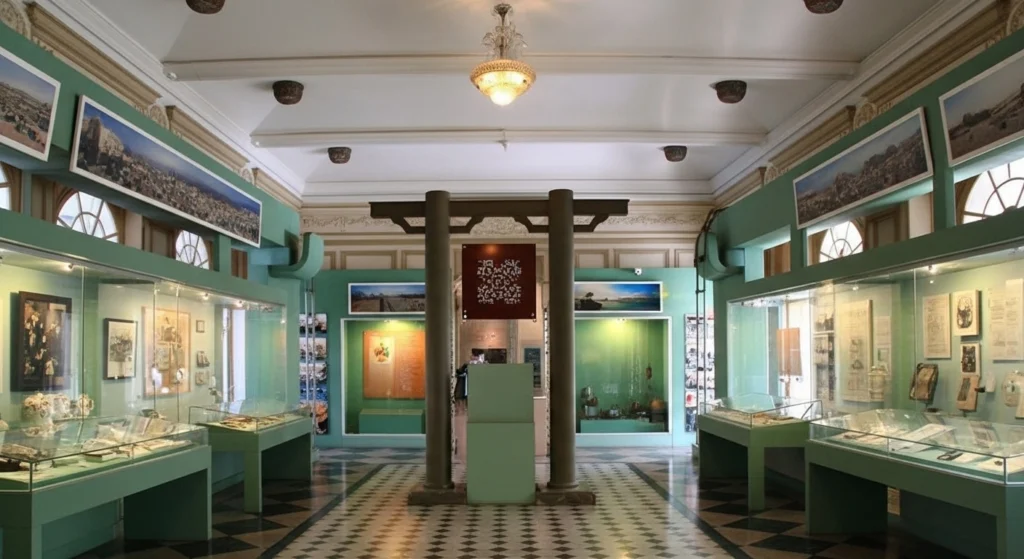
Essential Visitor Information
Address: 65 Lý Tự Trọng, Bến Nghé Ward, District 1, Ho Chi Minh City. It is conveniently located near the Independence Palace and Notre Dame Cathedral.
Opening Hours: Daily from 8:00 AM – 5:00 PM.
Admission Fee (Approximate):
Adults: 30,000 VND
Students (with ID): 50% discount.
Photography: An additional 20,000 VND fee may be charged per camera.
Contact: For the most current and detailed information, including any temporary exhibition closures, it is recommended to check the museum’s official website or contact them directly.
